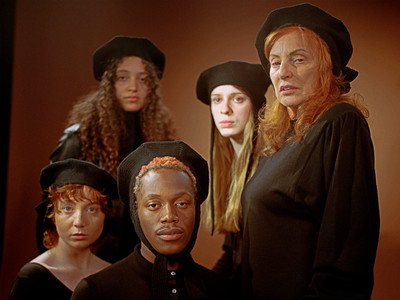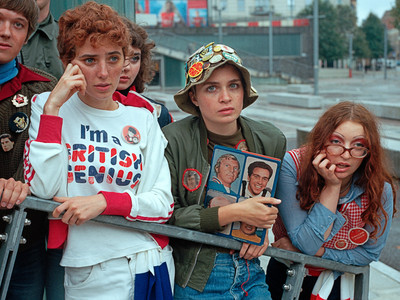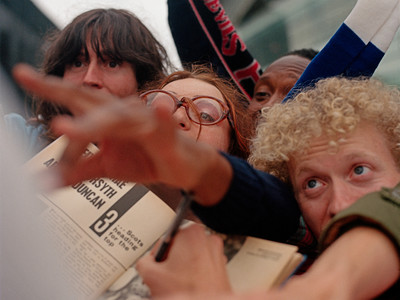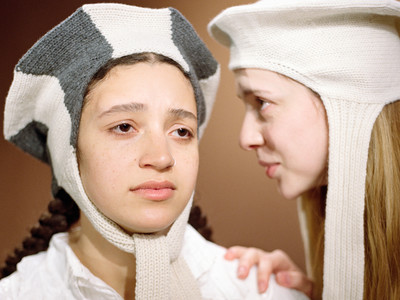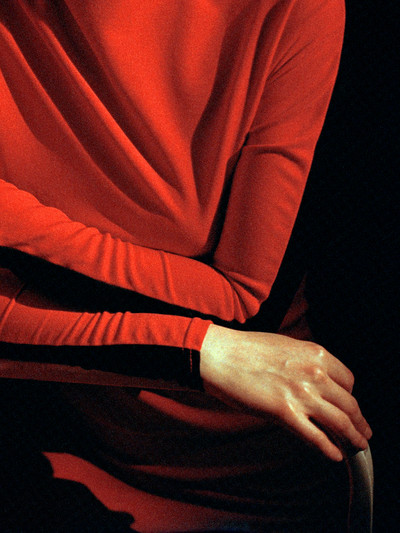System meets the visual artist and winner of the fifth edition of Dior’s Photography and Visual Arts Award for Young Talents.
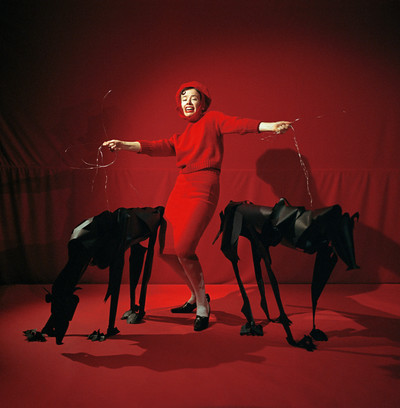
System meets the visual artist and winner of the fifth edition of Dior’s Photography and Visual Arts Award for Young Talents.
Earlier this month, photography creatives from all over the world descended on Arles for the return of Dior’s Photography and Visual Arts Award for Young Talents. Now in its fifth edition, the 14 finalists, or laureates – hailing from London, Barcelona, Paris, Tokyo, New York, Leipzig, Boksburg, Fuzhou, and Seoul – each responded to the theme: Face to Face, compiling a series that best represented their individual interpretations.
This year’s award was judged by a jury made up of photographers Samuel Fosso and Estefanía Peñafiel Loaiza, Maja Hoffmann, founder of Luma Arles, Simon Baker, director of the Maison Européenne de la Photographie, Jérôme Pulis, international director of Christian Dior Parfums, and artist Maya Rochat.
While Paris-based Margaux Laurens-Neel and Tokyo-based Lin Yuhan both received special mentions from the jury, it was London-based visual artist Rachel Fleminger Hudson who went on to take home the prize – earning her a €10,000 grant courtesy of Maison Dior in addition to a commission for creative work.
Despite feeling distinctly nostalgic at first glance – the artist’s work hails back to the 1970s – Fleminger Hudson aims to anchor her images in the present. In addition to the overall image-making, she also creates costuming and sets to highlight the stories, characters, and emotions within her photography. Here, System meets the creative following her win to discuss her approach to image-making, her multifaceted creative process, and the importance of continuing to support upcoming creatives in the arts.
How did you first get into photography? How does the medium allow you to express yourself?
Rachel Fleminger Hudson: Photography allows me to compress live moments or solidify them. It also allows me the opportunity to create or conjure up moments of absurdity and awe, but then there’s the task of capturing that moment. I often struggle with this – trying to photograph as well as the beauty that my eye can see.
Your creative process also extends into costuming and set design – why is it important for your output to not be limited by image-making alone?
Rachel Fleminger Hudson: I don’t see any aspect of my creative practice as extricable from the rest, in the same way that I don’t see any part of an image as less important. I’m very interested in semiotics and cultural studies, so for me, costume and set design are just as necessary – I would say more important – tools for communication of character and story.
In post-modernity, we don’t live in a world that trades solely in emotion, so to ignore the importance of materiality and culture in our understanding of each other and society at large is a fallacy. In day-to-day life, clothes and the surfaces of the spaces we inhabit are highly specific and chosen costumes and sets, which we use to explain the fictions and non-fictions of our lives. In my work, I try to engage with the process by working backwards – by looking at the garments and spaces first and trying to extract the latent character and stories within them.
How does each individual aspect inform the creation of the final image?
Rachel Fleminger Hudson: For me, the taking of the image is the least lengthy part of the process. The majority of my time is spent researching, collecting, and thinking. I research visually and academically in the library and then materially at markets and on eBay. Then, there is the attempt to stage my often overly complicated ideas which requires planning and communicating. Next, there is the actual live experience which involves looking and photographing. Finally, there is editing, which is a period of reflection. For me, editing involves looking at the images in many different ways and trying to find information in the photos which can be new photographs. For example, playing with colour and tone creates many graphic forms within an image, which can be exploited for new ways of understanding space and movement.
‘Nostalgia is complicated and a term I’m always wrestling with. Nostalgia produces worlds that are very flat and only understood on the primary level of glamour – I try to combat this with specificity and lived experiences.’
Your images have a very strong sense of nostalgia, what is your personal relationship with the concept?
Rachel Fleminger Hudson: As I say, research is my greatest joy and pleasure! However, nostalgia is complicated for me and a term I’m always wrestling with. Nostalgia produces worlds that are very flat and only understood on the primary level of glamour. I try to combat this with specificity and lived experiences – hence, creating scenes that are live or real only for a few minutes or hours. In doing this, you can push reality into unreal situations.
What do you think the images you create say about you?
Rachel Fleminger Hudson: They probably say that I’m somebody who is always looking and thinking about the very big and the very small.
How did you respond to the prize’s theme of ‘Face to Face’ and how did you see your images fitting within that?
Rachel Fleminger Hudson: The theme ‘Face to Face’ was something that I was already thinking about within my work, but more overtly in my life – thinking about struggles with communication and how immensely complex and different we all are. However, in this we are all the same.
I tried to find images that show these polarities – the simultaneous fear and curiosity we have of one another, loneliness and community, the individual and the crowd, and how our public selves are a mix of fantasy and reality.
‘The position of art as a space for creativity and invention is increasingly fragile [so] prizes like these are fundamental for the continuation of the arts outside of spaces of education.’
What is the importance of prizes like the Dior Beauty Photography Prize for upcoming creatives?
Rachel Fleminger Hudson: At a time when funding for arts education is being drastically cut, the position of art as a space for creativity and invention is increasingly fragile. Prizes like these are fundamental for the continuation of the arts outside of spaces of education and I’m extremely grateful for this opportunity to continue problem-solving, thinking, and growing.
Following your win, what are your ambitions for the future?
Rachel Fleminger Hudson: I would like to make more films and continue to make work that combines and considers set and costume within the making process.
Dior, Art of Colour is on display from July 4 to September 25 in Parc des Ateliers at the Luma Arles Foundation.
